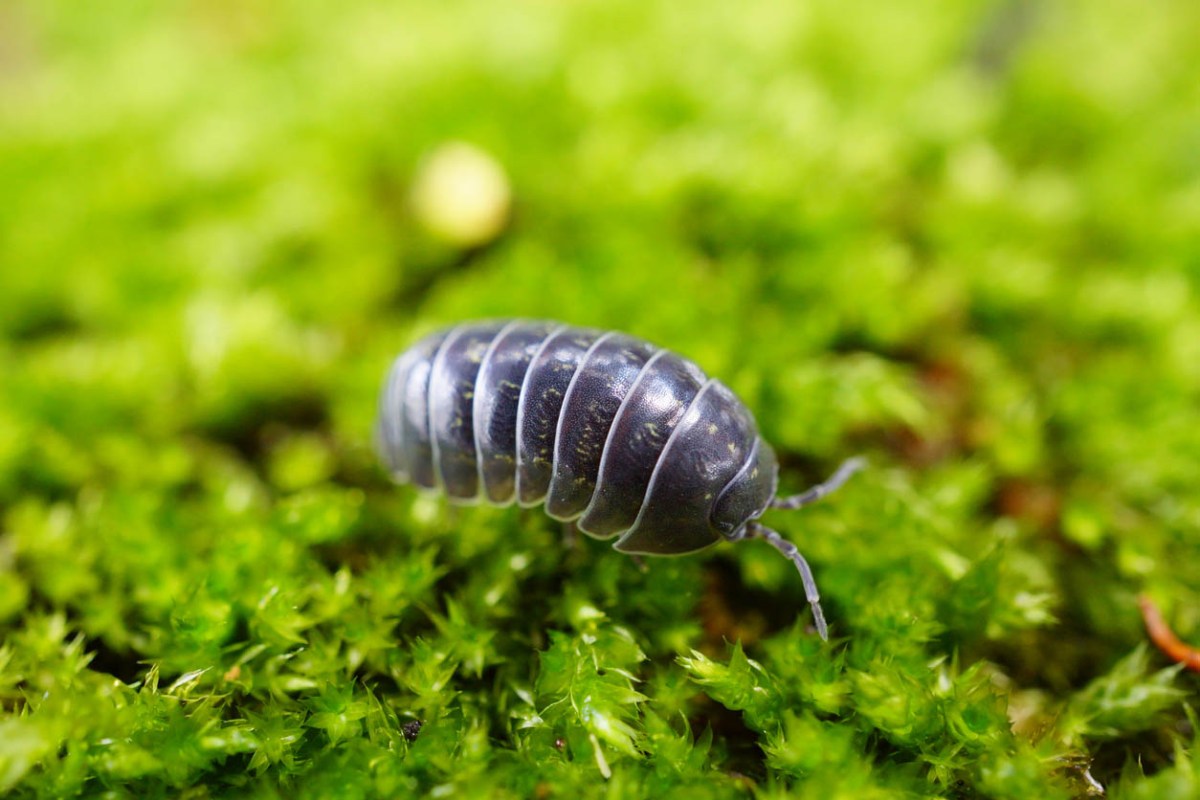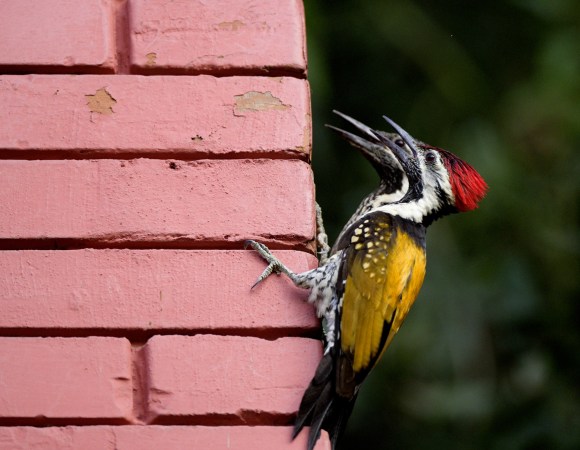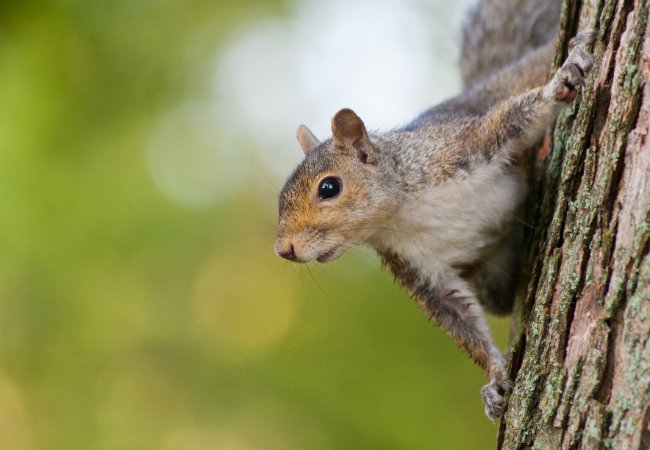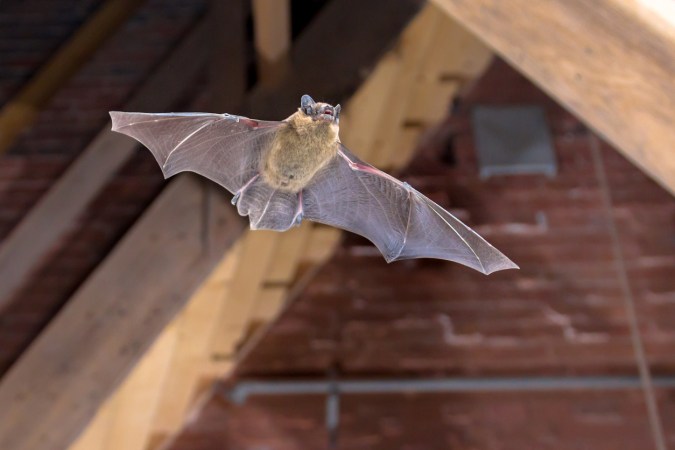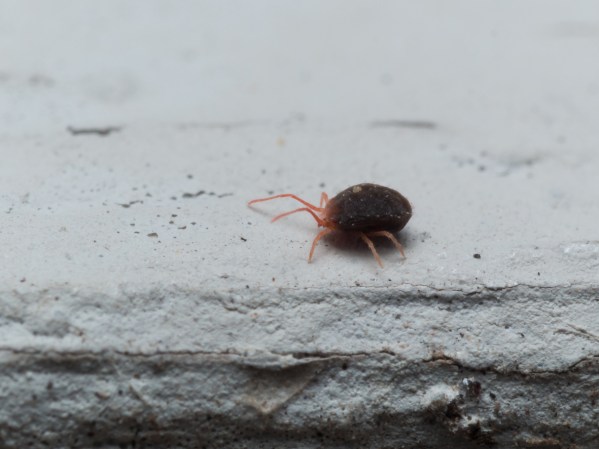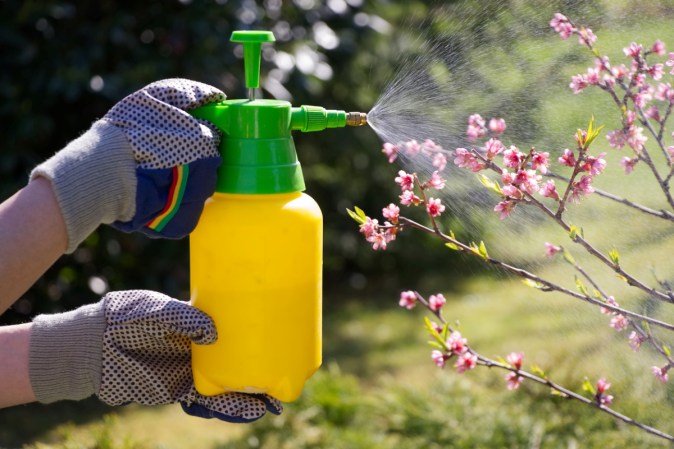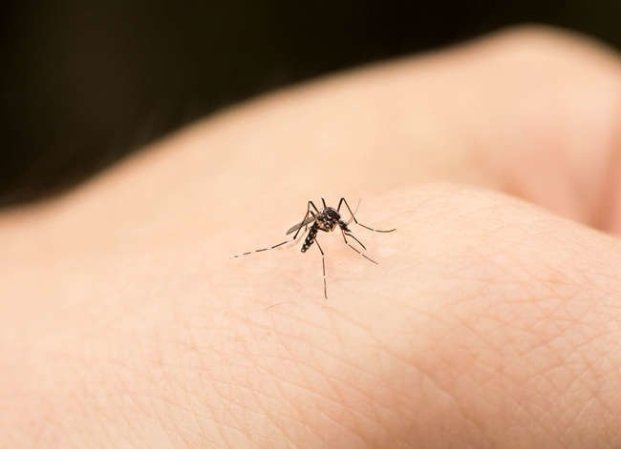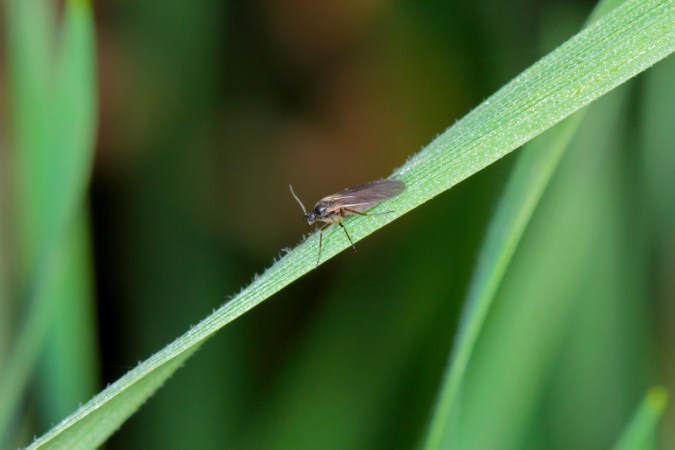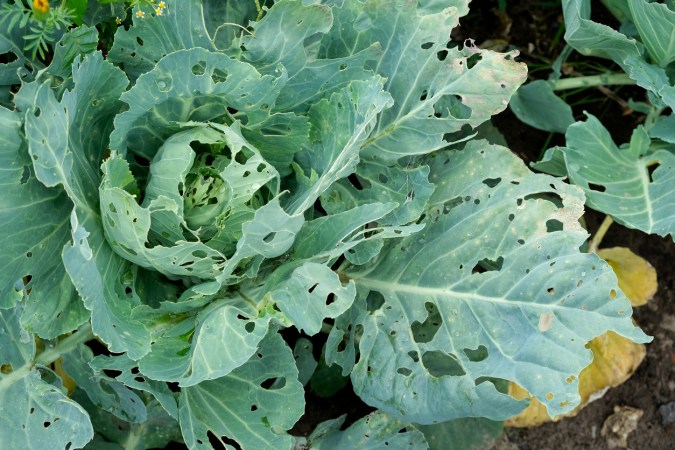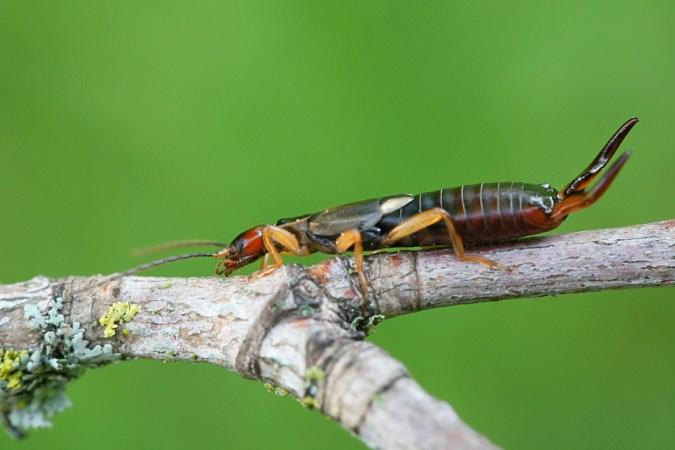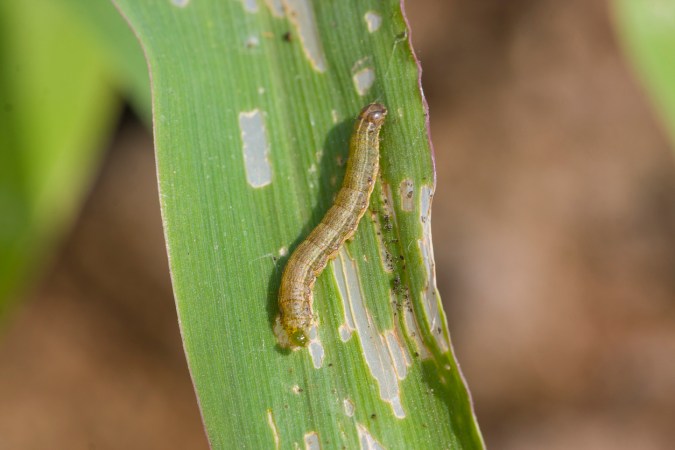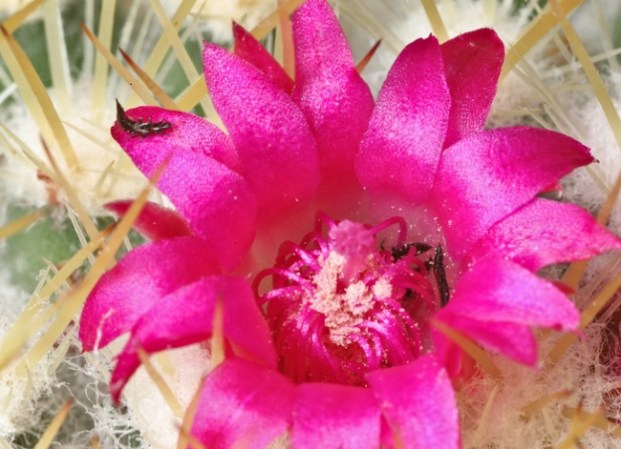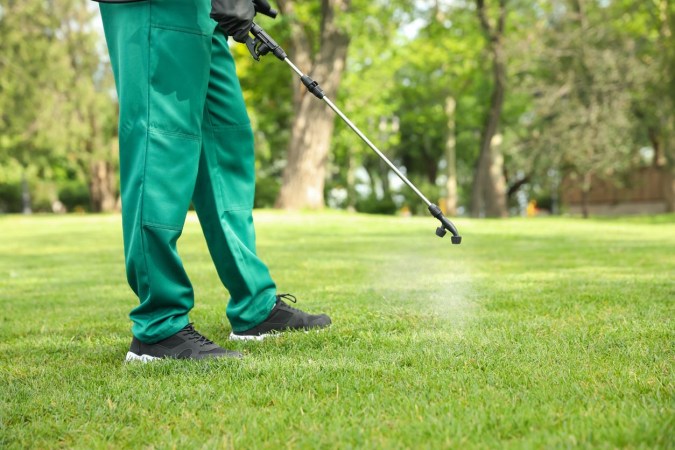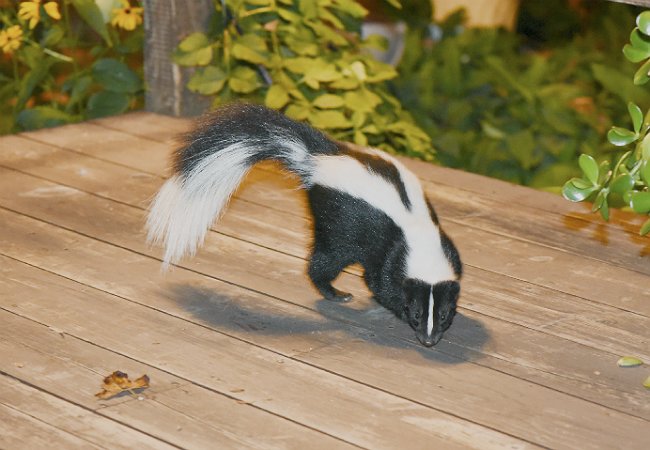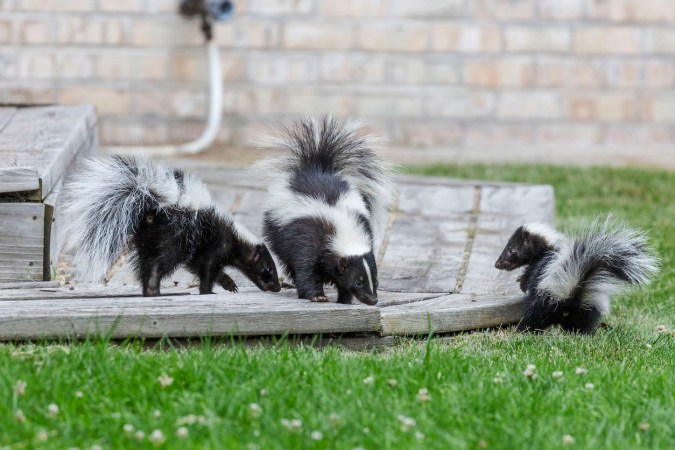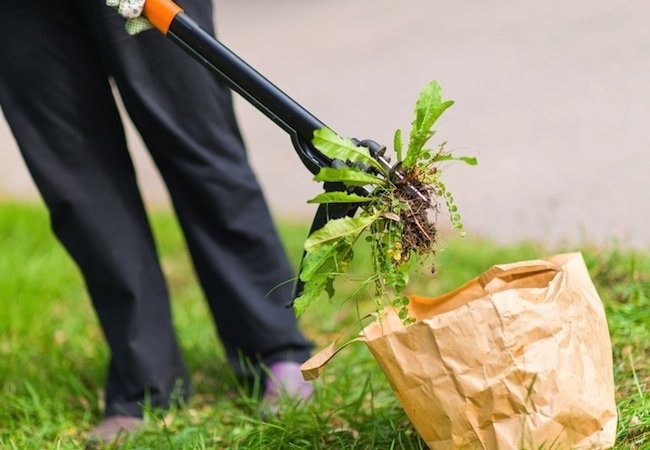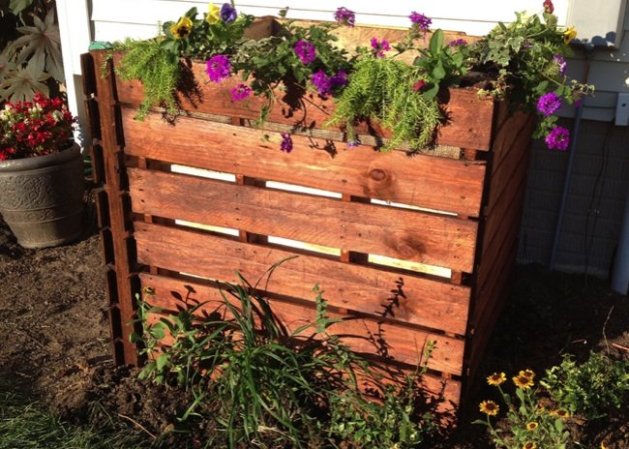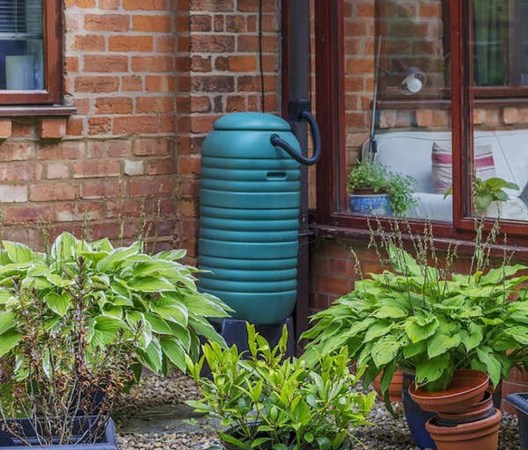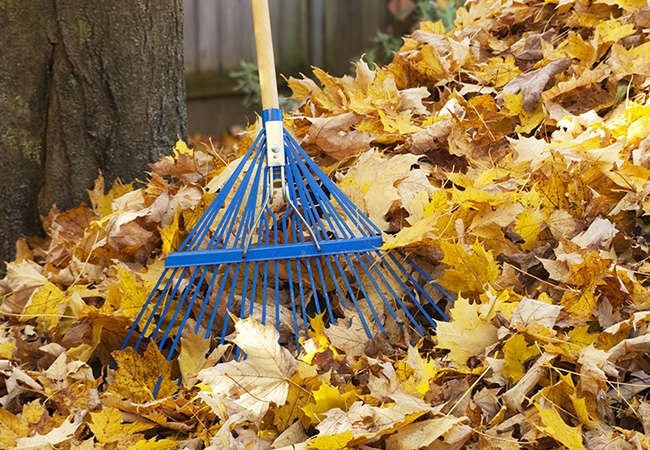We may earn revenue from the products available on this page and participate in affiliate programs. Learn More ›
Pill bugs, or roly-poly bugs, are found in gardens across the country. They get their “roly-poly” moniker from the ball shape they take on when disturbed. They’re helpful since they break down organic matter into rich soil, but in large numbers, they are destructive and will feed on tender roots, leaves, and vegetables. Pill bugs, sometimes spelled pillbugs, are not actually insects– they’re land-based crustaceans that thrive in wet and damp environments. They like to hide under moist mulch, well-watered flower pots that sit on the ground, and rocks. Sometimes they will enter a house and will survive if the conditions are damp. If you have an infestation and need to know how to get rid of pill bugs, here’s how to know when it’s time to call an exterminator.
Time required: 20 minutes to several hours
Difficulty: Beginner to intermediate
Estimated cost: $10 to $200
Tools & Materials
Bobvila.com may earn a commission from purchases made through these links.
- Garden spade, trowel, or spoon
- Gardening gloves
- Rinsed-out can or plastic container with lid
- Sharp knife or scissors
- Plant stands
- Trellis
- Pruning shears
- Dehumidifier
Before You Begin…
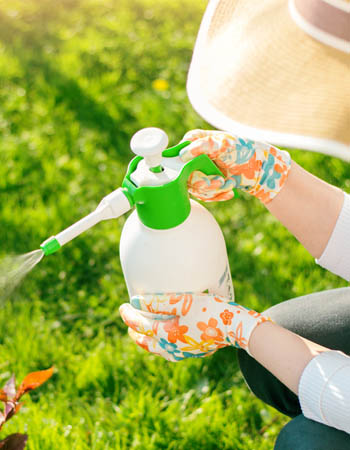
There are many ways to get pill bugs under control. Start with natural options, which can often be effective, before diving into pesticide use.
When to Get Rid of Pill Bugs
Get rid of pill bugs when there is an evident infestation and when they’re eating roots, leaves, and vegetables in a garden or greenhouse. If you find them in your home, it may indicate an existing water leak since they need water to survive.
Tips for How to Get Rid of Pill Bugs
- Eliminate a pill bug-friendly environment.
- Use ingredients you may already have at home before resorting to pesticides.
Safety Considerations
- Wear gloves when digging in the dirt.
- Wear a mask when using diatomaceous earth to prevent inhaling the powder.
STEP 1: Make a beer or cornmeal trap.
Making a homemade pill bug trap is an easy and budget-friendly way to eliminate the roly-poly problem. Dig holes near plants with a garden spade, trowel, or spoon. Make the holes large enough to fit a rinsed-out can or plastic container. Bury the container so that the container’s top is level with the soil’s surface. Fill the container with any type of beer. The pill bugs will be attracted to the beer, fall into it, and drown.
If you prefer not to crack open a beer, a cornmeal trap will also work. Place cornmeal in a small sealable plastic container and cut a small hole into the bottom edge. Place the cornmeal trap next to young plants, and the pill bugs will be attracted to the cornmeal and eat it. The bugs will not be able to digest the cornmeal, and they’ll die. For either cornmeal or beer traps, place as many traps as needed according to the garden’s size. Check the traps daily to empty and refill them.
STEP 2: Make the environment less appealing by removing any decaying mulch or plant matter.
A good way to get rid of pill bugs is to get rid of their damp and dark hiding places. Removing excessive mulch, wet leaves, dead plant matter, fallen fruit and vegetables, and rocks will deter pill bugs from finding a comfortable home in a garden. Be conscious of overwatering plants since pill bugs are attracted to moisture.
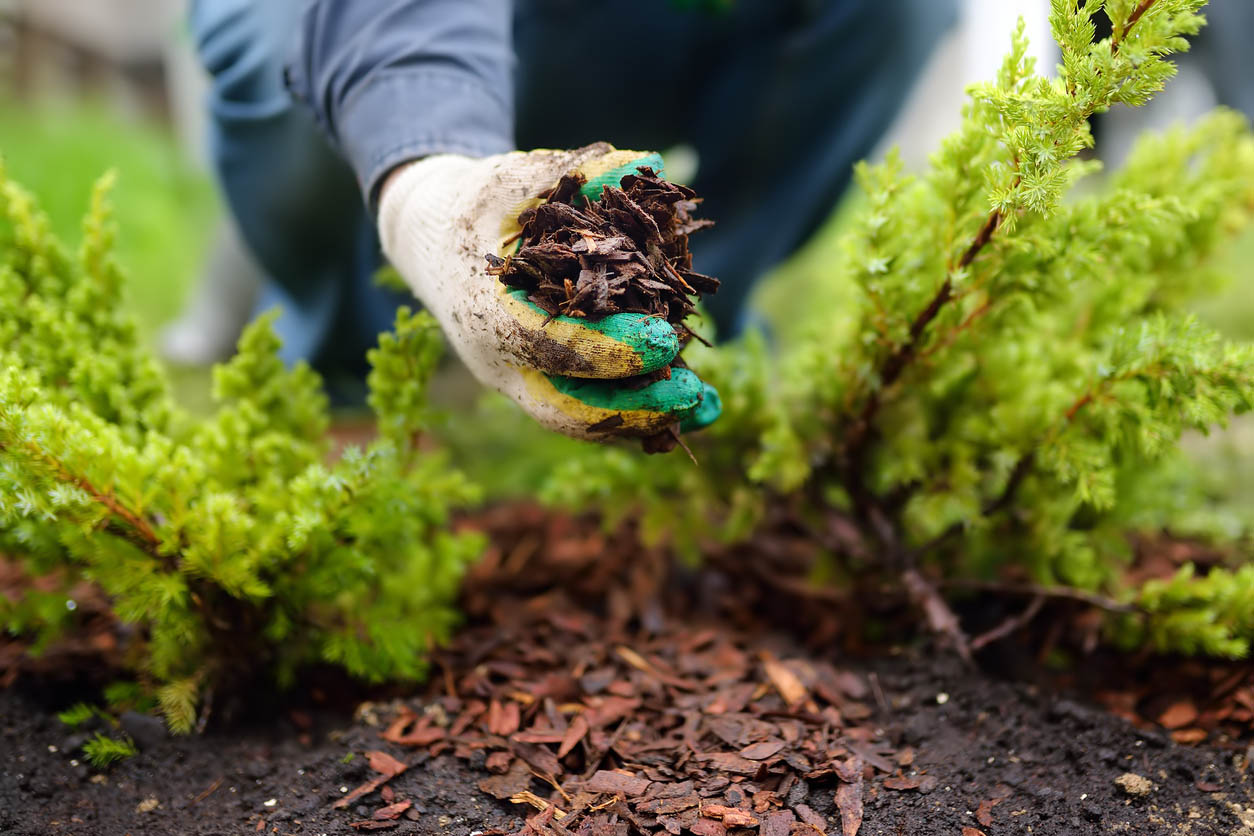
STEP 3: Ensure that there is enough air circulation around plants.
Improving air circulation around plants will deter pill bugs. Elevating pots off the ground with plant stands and encouraging viney plants to grow up a trellis instead of trailing on the ground will help. Trimming bushes, plants, and trees around the house will also increase air circulation. Remove any unneeded items close to the house foundation like wooden boards, piles of firewood, or rocks.
STEP 4: If you find pill bugs inside your home, make sure to reduce moisture, seal off entrances, and clean up the outdoor space.
The most common area to find pill bugs inside the home is in the basement. Since they like dark and damp places, make sure to keep the basement dry and check for excess moisture or leaking pipes. A dehumidifier will dry out moist areas of the home. Sealing foundation cracks and spaces around windows and doors with caulk or weatherstripping will help close off any areas where pill bugs can enter. Pill bugs can survive inside the home only if there is a consistent water source in a dark space. Having a dry and well-ventilated basement area or crawl space will make survival impossible.
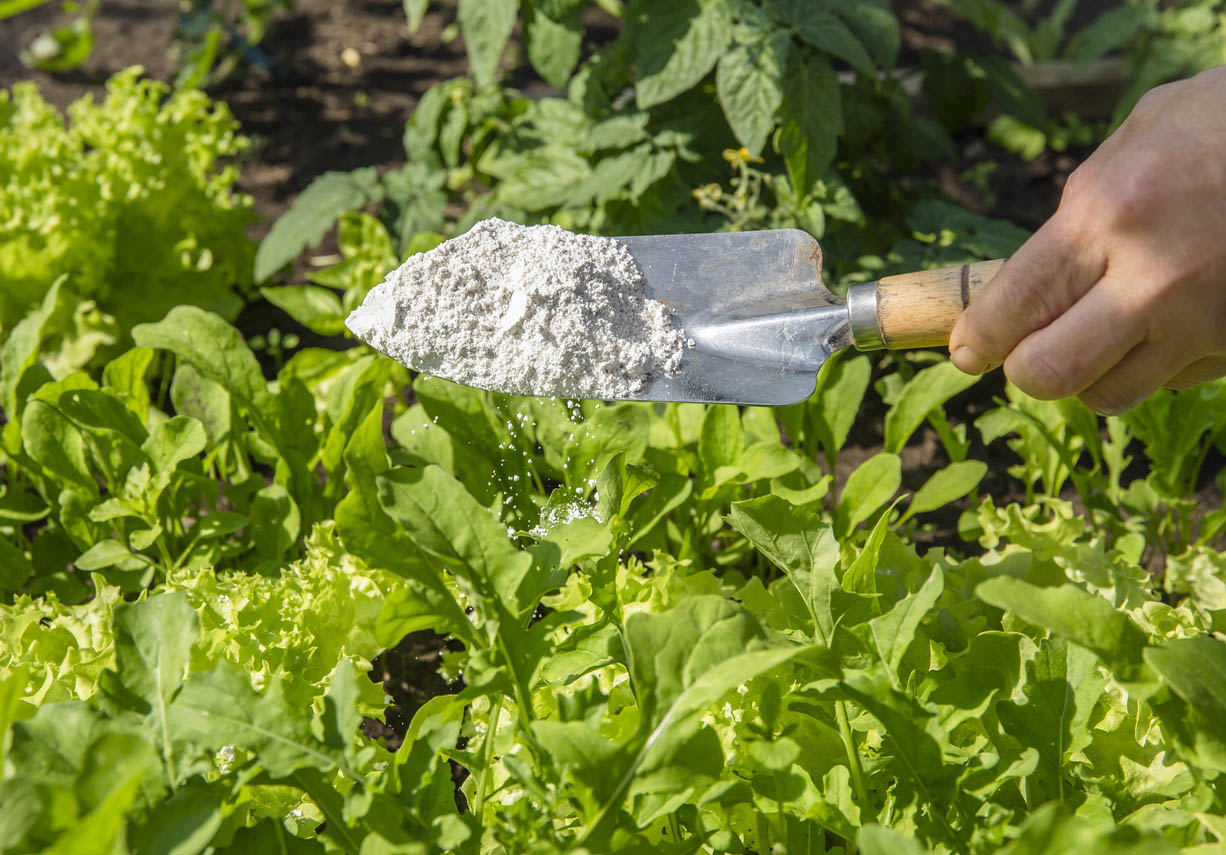
STEP 5: Use an insecticide like diatomaceous earth.
Using diatomaceous earth is a way to get rid of pill bugs that is safe for humans and animals. It will, however, kill other valuable insects in the garden, so consider this before use. Diatomaceous earth is a powder made from fossilized aquatic organisms. This powder causes insects to dry out and die when they walk through it. While it’s safe to handle, it’s not safe to breathe it in, so be sure to wear a mask when using it. Diatomaceous earth won’t hurt pets or other animals as long as it is not inhaled.
STEP 6: Turn to an exterminator for help.
If you’ve tried the above steps and pill bugs are still giving you trouble, it’s time to call in a professional. A pest control professional will take the appropriate steps to control pill bugs in the garden or home.
By eliminating the pill bug’s comfortable environment, sealing off any cracks or crevices in your home, using household items, and removing excess moisture, you can often control a pill bug issue. If an infestation cannot be remedied with these solutions, consult with an exterminator for an efficient and safe way to control the problem.

